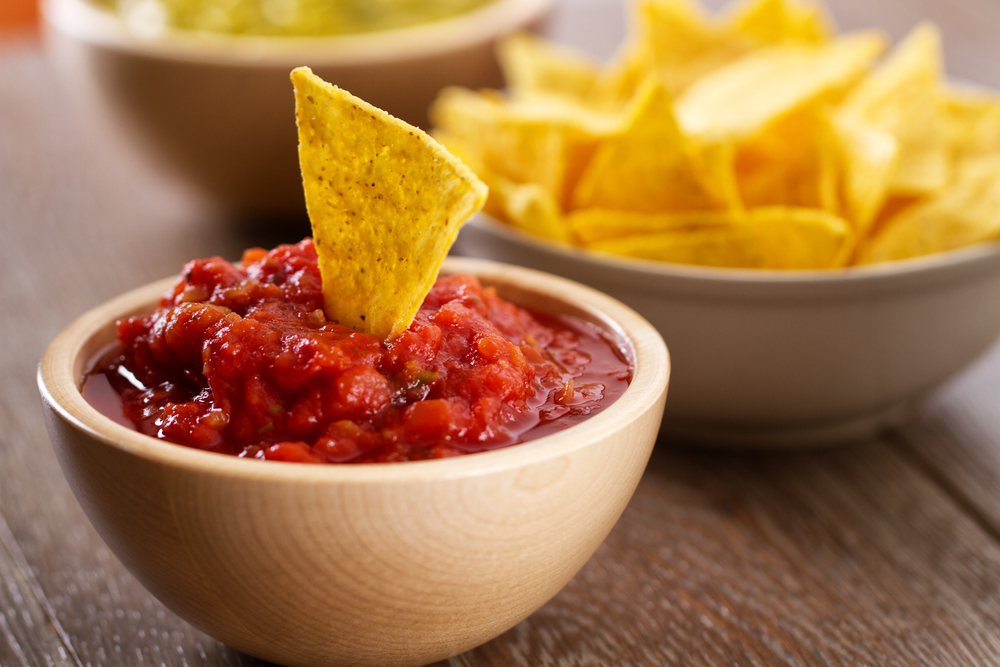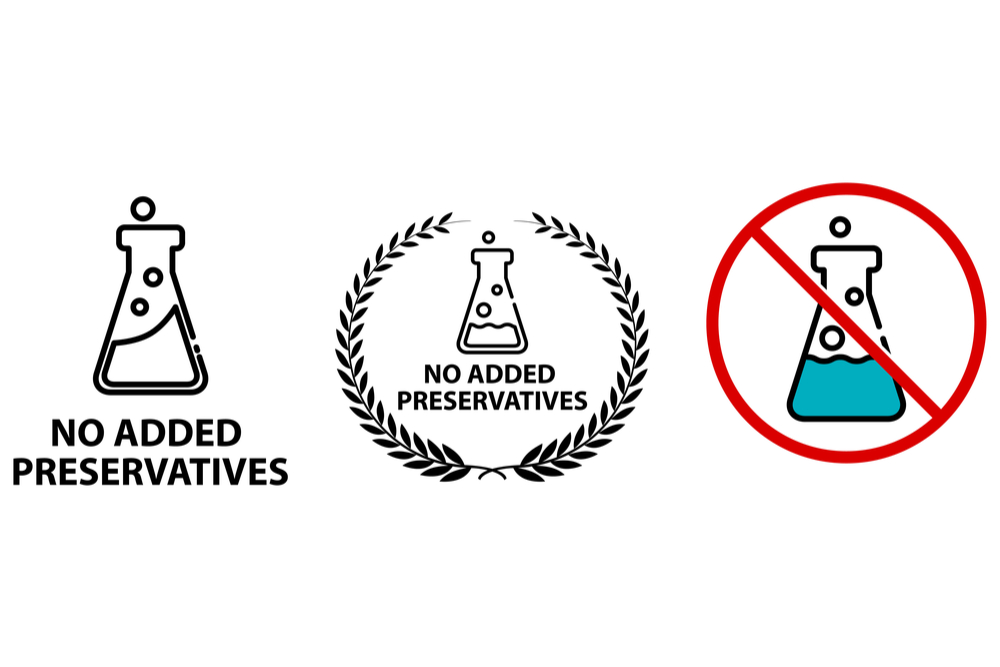Balancing your diet and overall happiness can be a struggle. While most of us understand…

The History of Salsa in One Bite
Salsa has become America’s favorite condiment, it has even surpassed ketchup in popularity! Take that ketchup! The tomato-based condiment has long been considered a Spanish dish. The Spanish word ‘salsa’ translates into ‘sauce’. However, despite its strong association with the conquistadors of Spain, the roots of the dish can actually be traced back to the Inca, Mayan, and Aztec civilizations of Central and South America according to streetdirectory.com.
The Rich Taste and Rich History of Salsa
According to The Nibble, in 5200 BC the chili plant was domesticated and then in 3,000 BC, the tomato plant started to be cultivated across Central America. In those early days, salsa was created by mixing tomatoes, chilies, beans, and squash.
The creation of the sauce was documented by a Franciscan missionary named Bernardino de Sahagun who arrived in the Mexico region in 1592 to spread the word of God throughout the native population. He wrote what is known as the Florentine Codex which outlines the lives and practices of the indigenous Aztec people. His writings focus heavily on the culture’s various food sources and their ingredients. His in-depth essays show that the creation of salsa has changed very little over the course of the last several hundred years.
There is little doubt that after the Spanish conquistadors arrived they developed a taste for the often spicy condiment. In 1574, Alonso de Molina is credited with calling the concoction ‘salsa’ for the first time.
Salsa Enters the United States
In 1807, the love of salsa spread across the border into the United States. Tabasco, a distance sauce cousin, sauce started to be widely made in Louisiana for the US marketplace. Cookbooks were also published that contained a bevy of recipes for the condiment that ranged from mild to hot. In 1948, salsa, as it appears today on stores shelves, started to be manufactured in Texas. David and Margaret Pace are credited with distributing the first commercial Picante sauce for consumers. Pace still remains a leading salsa maker. The company was sold in 1994 to Campbell Soup Company for a crazy 1.1 billion dollars.
La Victoria Foods and La Preferida followed on the heels of Pace and also started to launch the sales of the sauce to supermarkets. Texas quickly became the leading state for salsa production.
Households in America Love Salsa
It was not until the 1980s that the craze for salsa really took America by storm according to Acapulcos. By the 1990s it was estimated that 36 percent of households across the country regularly purchased and stocked their kitchen coffers with the red sauce. At this time period, the country also experienced an upswing in Mexican and Spanish restaurants. We here at Sweet Kickin Salsa are sure happy that this shift happened! Who wants to live in a world without salsa?! We don’t!
Salsa is Fun to Make
Unlike many condiments, salsa is fun for you to make. You can chop and dice your own fresh ingredients to create the taste that you enjoy. It can also be frozen for later use. Nowadays, it is hard to purchase a cookbook or visit a cooking website without having the opportunity to view numerous salsa recipes. Lucky for you, you can snag some Sweet Kickin Salsa here or contact your local Kansas City Hyvee or Price Chopper to see if they have it in stock!! Don’t trouble yourself with the trial and error of making your own salsa and trying to balance the spices, I already did that for you using fresh ingredients and small batches just like your would at home!
Fun Salsa Facts
Here are few fun facts about salsa:
- Many people don’t realize that most salsa is still made very similar to the way that the original Aztecs created it. It is an ancient food that has changed very little.
- The Pace manufacturer, which was the first official company to create salsa in the United States, was originally a syrup manufacturer.
- Salsa isn’t just used as a chip dip. It is also an excellent garnishment for meat and fish dishes.
- According to tenrandomfacts.com, sometimes salsa ingredients are cooked prior to making the sauce but real salsa is made entirely from fresh ingredients that are crushed instead of blended.
The lust for salsa continues in the United States and is not forecast to abate any time soon. Consumers still continue to purchase the condiment at an alarming rate and it remains one of the most popular in kitchens across the country.



